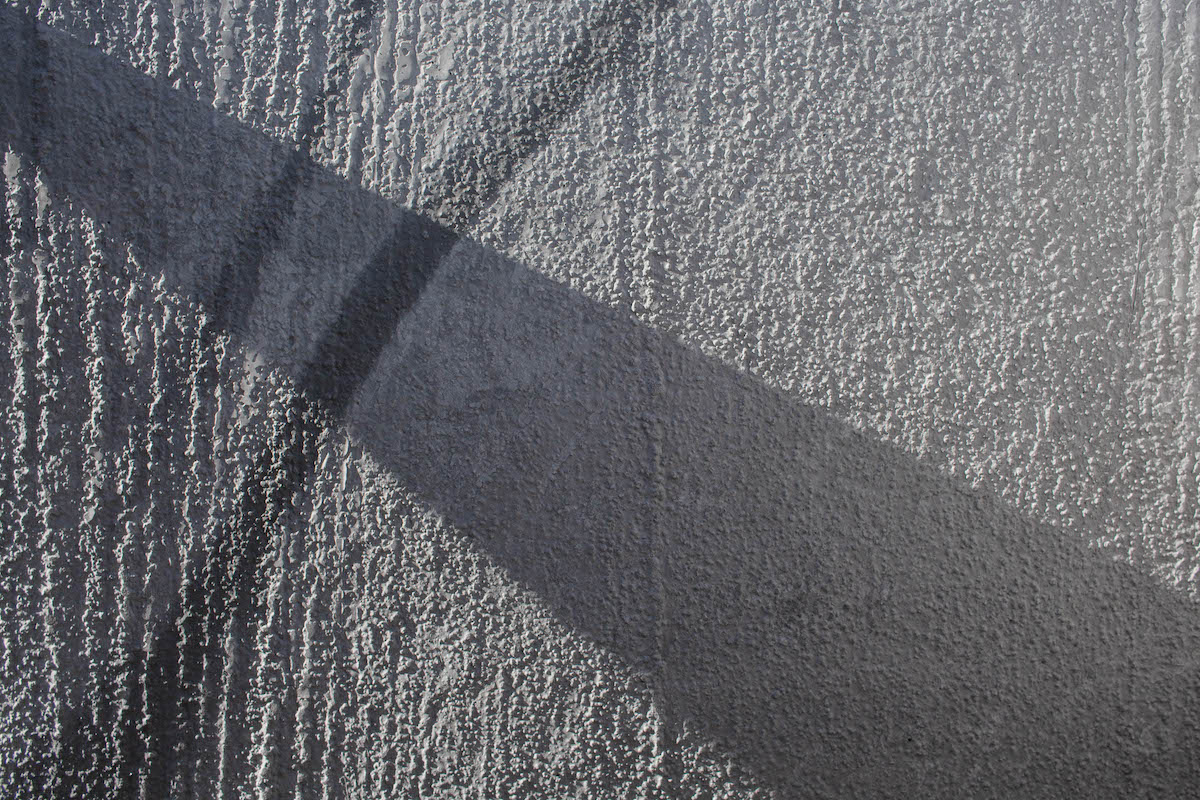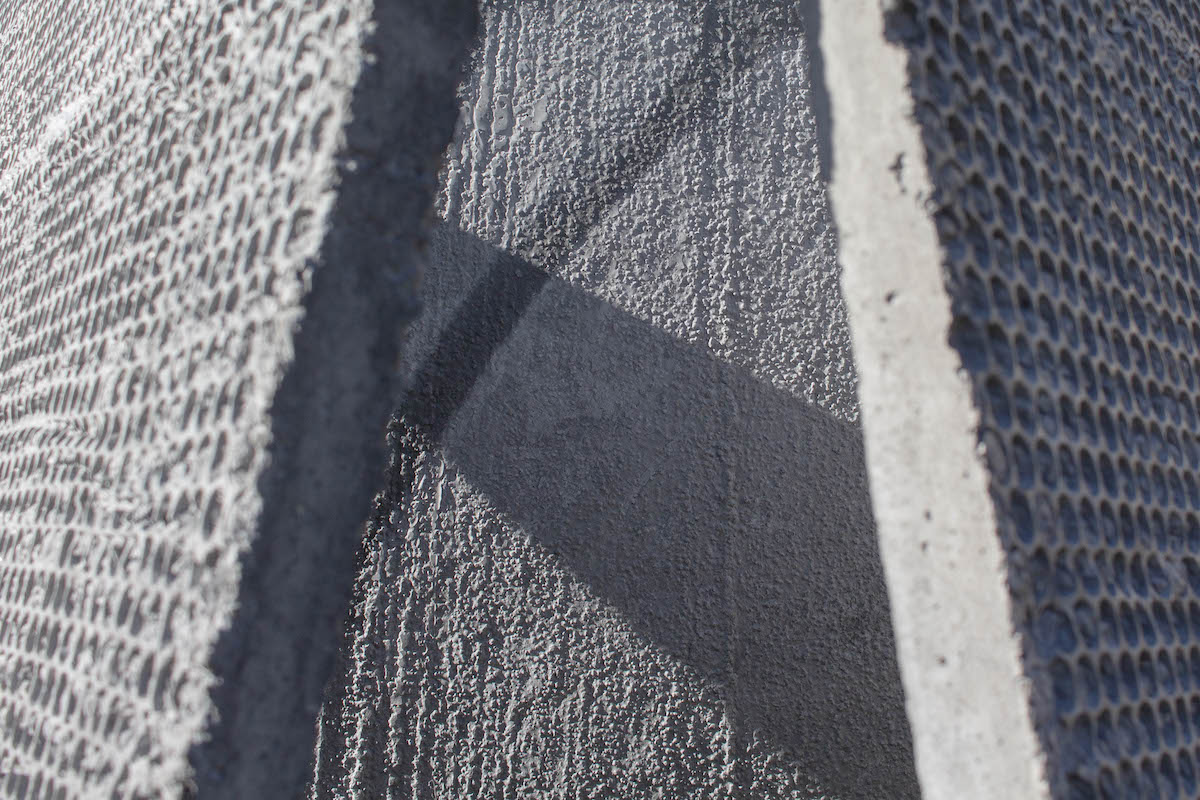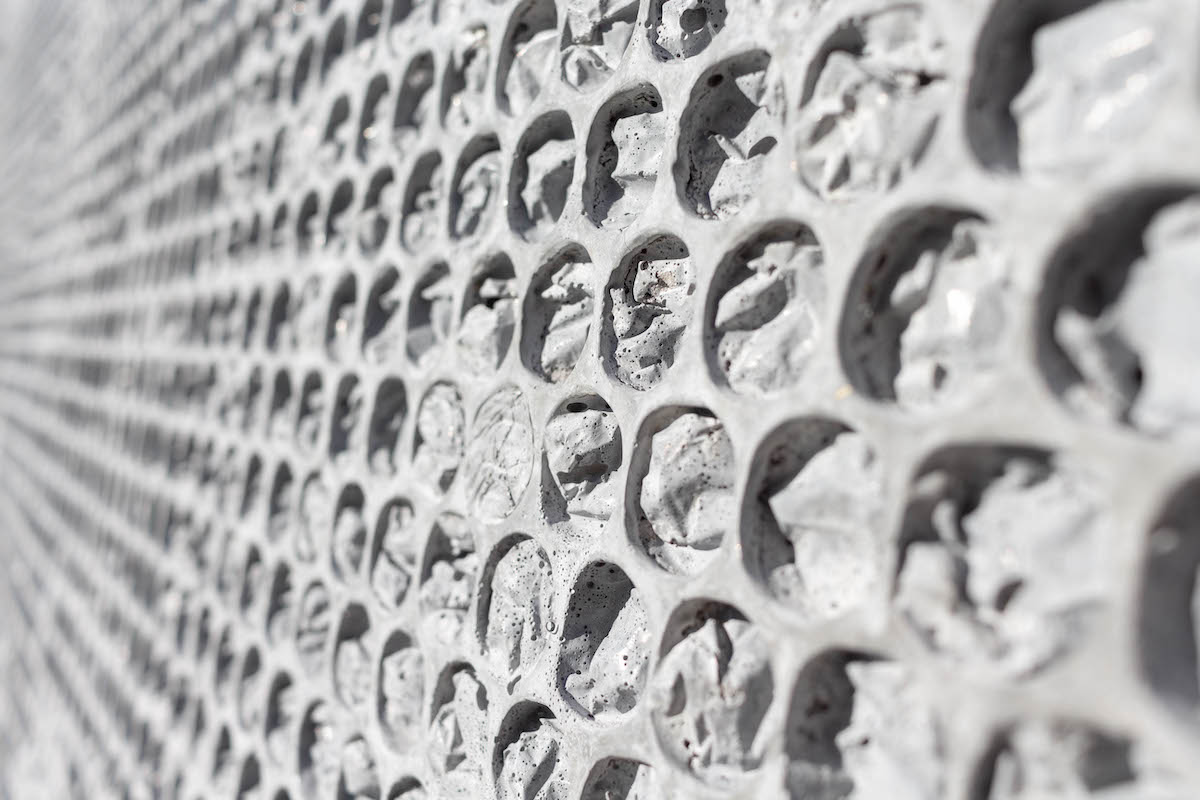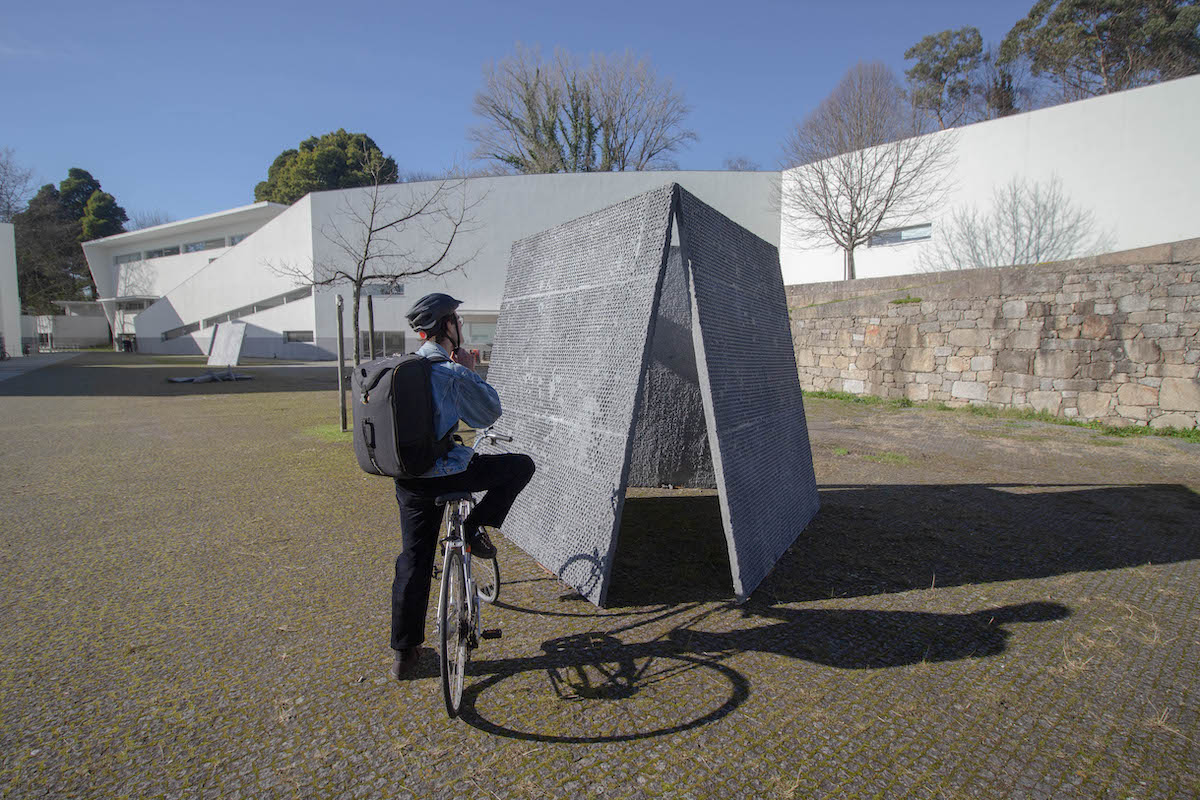The Minimalist Hut
2019
Laugier fantasized about archaic man and double shed roofs when he described the seminal origins of architecture with the so-called “primitive hut”. Richard Serra, a few centuries later, arrived at a steeper conclusion which was formally not too distant from Laugier’s abstraction, despite this sculptor's perpetual rebellion against architecture. Amid these two unrelated episodes, the average expression between the sister disciplines of three dimensional space may lie not in two, nor in four, but in three intersecting planes.
During my Master’s degree in Universidade do Porto, I partook in a course on structural conception and experimentation. The semester’s exercise started with a constraint, which is always a productive guideline in creative endeavors. We had at our disposal the volume of one cubic meter of concrete and were allowed to shape it as we pleased as long as the result expressed the potential of this material to behave as structure.
Because of its stone-like constitution, concrete has a high tolerance to bear compression. Following this hint, we decided to adopt the principle of a reciprocal structure, where each element shares it’s weight with the following one until the solicitation comes back around into a full circle, making the structure stable.
Either for conceptual rigor or for the economy of means we designed our piece with the minimum amount of elements possible that could express static reciprocity in three dimensions. This gave rise to a triangular plan which assured resistance to lateral loads. There were only three points of contact between the casted plates in the whole structure. Since these plates were placed at an angle in relation to the floor, the dimension of the gap in between different plates created just enough space for people to access the interior area.
Following the material dignity of bare necessity, or the phenomenological honesty of minimalists, we also exposed the play of texture in the opposing faces of the concrete plates. This effect came from the way in which these came into this world, with bubble plastic lining the bottom of the scaffolding and the atmosphere lining the natural rough finish of the poured concrete on top.




